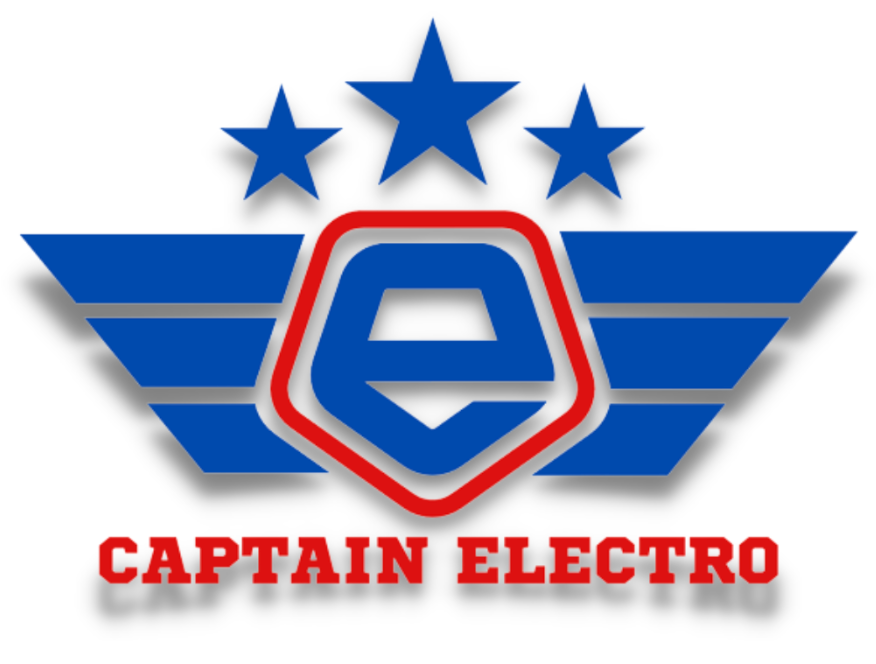Extreme E Ditches Batteries for… Hydrogen?
Image Credit: EXTREME H.
The off-road racing world is about to get a whole lot weirder. Extreme E, the electric off-road racing series that's been stirring the pot with its high-powered battery-electric buggies tearing up deserts and glaciers, has just announced a bombshell: they're ditching batteries in favor of hydrogen for the 2025 season. Yes. Hydrogen.
Before you start scratching your heads in disbelief, let me explain. Extreme E, or rather Extreme H as it will soon be known, isn't completely abandoning its eco-conscious roots. In fact, they've been using green hydrogen, the good kind made from renewable energy, to charge their electric vehicles all along. But this time, they're taking it a step further by integrating hydrogen fuel cells directly into the cars themselves.
Enter the Pioneer 25, Extreme H's shiny new hydrogen-powered racer. On paper, it boasts similar performance to its predecessor, the Odyssey 21. Both pack a serious punch with around 550 horsepower, sprint from 0 to 62 mph in 4.5 seconds, and top out at around 124 mph. They can even climb a slope steeper than your average rollercoaster.
But - and it’s a sizable but. The Pioneer 25 is a whopping 672 pounds heavier than the Odyssey 21. That's like strapping a full-grown grizzly bear to your back and expecting to run just as fast. It's a head-scratcher, to say the least, especially since both cars supposedly have the same power output.
I'm no rocket scientist, but even I know that more weight usually means slower acceleration and worse handling. So how does Extreme H explain this paradox? They claim the Pioneer 25's suspension has been completely redesigned for better performance. But I'll believe it when I see it.
To be fair, Extreme E isn't entirely ditching batteries. The Pioneer 25 still has a battery onboard, but it's much smaller than the one in the Odyssey 21. It acts more like a buffer for the fuel cell stack, storing excess energy and providing a boost when needed.
Image Credit: EXTREME H.
But where's all that extra weight coming from? Well, the Pioneer 25 has two components that its predecessor didn't: a fuel cell stack and a high-pressure hydrogen tank. And those things aren't exactly featherweights. The tank alone can weigh a couple hundred pounds, depending on its capacity and how reinforced it is to withstand the brutal conditions of off-road racing.
So, what's the point of all this? Well, Extreme H claims that hydrogen is more portable than batteries for racing in remote locations without access to the power grid. That makes sense, considering they were already using hydrogen to charge their electric vehicles anyway.
Here's the thing: hydrogen cars, at least for now, are not a practical solution for the average consumer. They're expensive, the infrastructure for refueling is virtually non-existent, and let's not forget the whole weight issue. If Extreme H wants to promote hydrogen as the future of personal transportation, they're barking up the wrong tree.
However, for a racing series like Extreme E, or rather Extreme H, hydrogen does offer some advantages. It allows them to race in remote locations without relying on the grid, and it gives them a chance to showcase a potential alternative fuel source.
Personally, I'm skeptical. I've seen hydrogen-powered vehicles before, and they're not exactly sleek and agile. The Nikola Tre FCEV truck, for example, weighs as much as a town house with its four massive hydrogen tanks and fuel cell stack. And the Honda CR-V e:FCEV is a full 1,000 pounds heavier than its gasoline counterpart. But - battery electric cars are much heavier as well. So, maybe the weight argument is pointless?
Image Credit: EXTREME H.
While I unquestionably applaud Extreme H for their innovation and commitment to sustainability, I can't help but wonder if this hydrogen experiment is a step in the right direction. After all, they were already doing a great job showcasing the capabilities of battery-electric vehicles and promoting environmental awareness.
In all honesty, though. Who am I to judge? I'm just a humble scribe with a passion for electric vehicles and a penchant for sarcasm. Perhaps Extreme H knows something I don't. Maybe hydrogen is the future of motorsports, and I'm just too old-fashioned to see it.
Time is a clever fella, it will answer all the questions. I know this for sure: the 2025 Extreme H season is going to be one wild ride. And I, for one, can't wait to see those hydrogen-powered beasts lumbering through the dirt. Just don't expect them to be setting any land speed records anytime soon.






